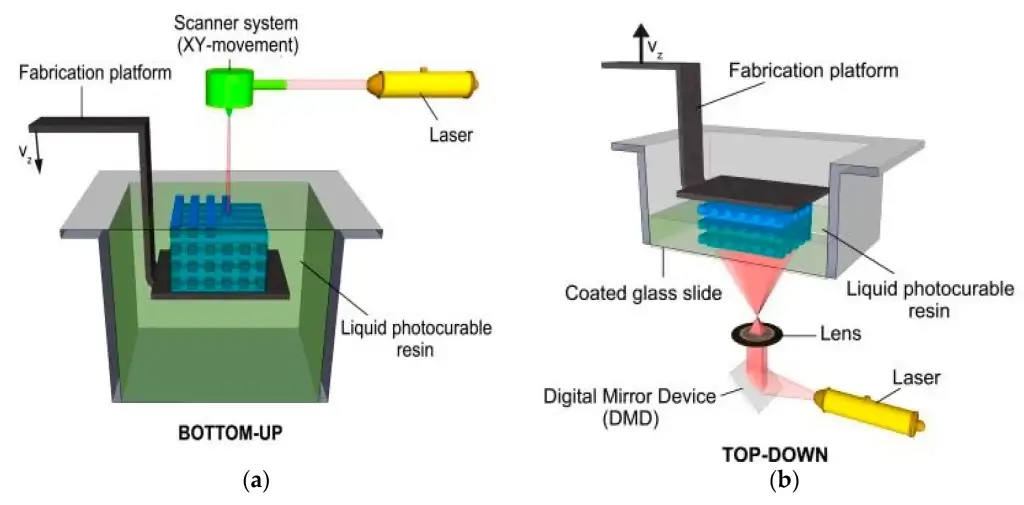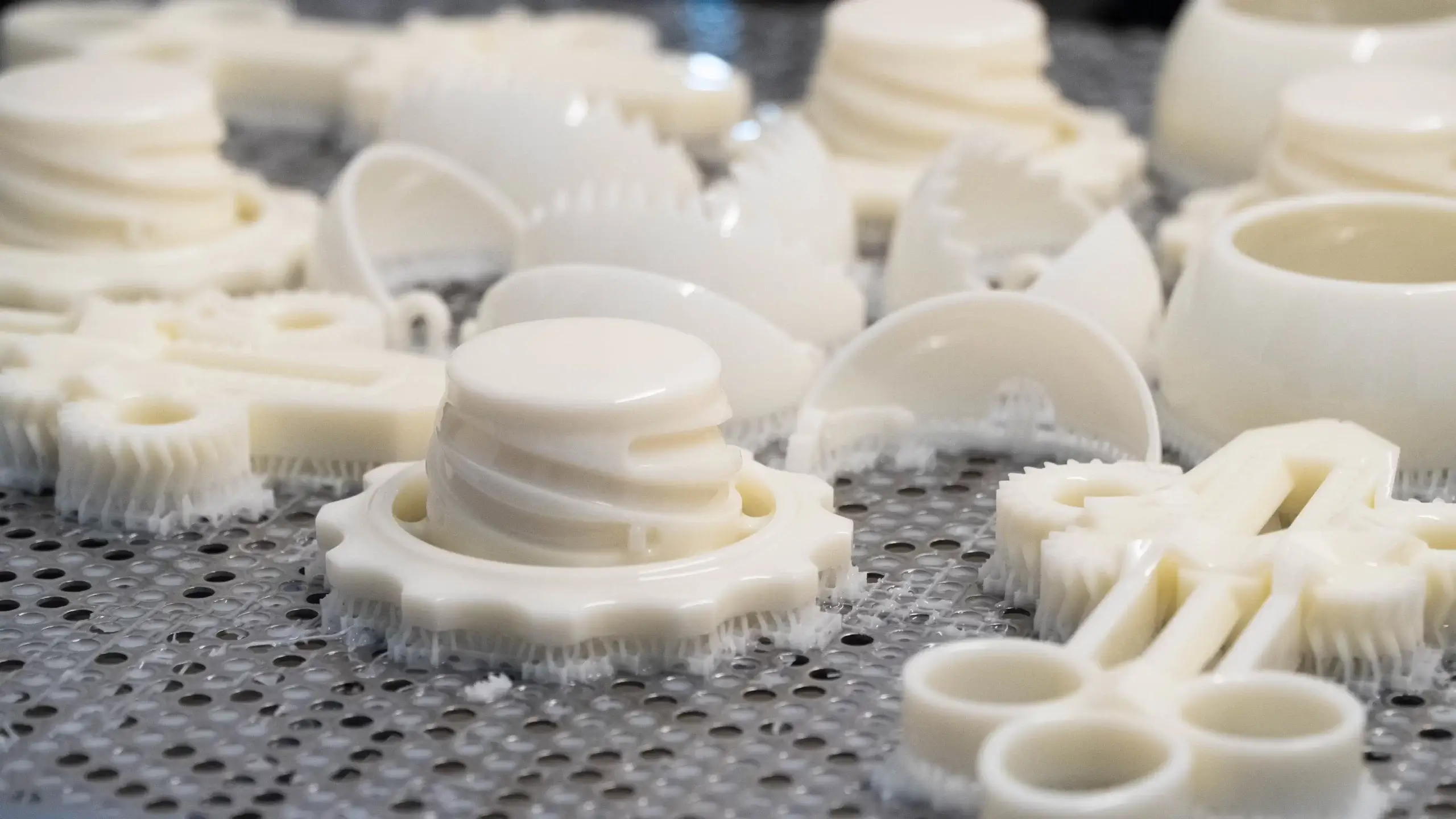A liquid resin is heated to create an SLA printer that produces precise parts. This involves several steps including washing away excess resin and clipping supports. Finally, the curing takes place under an ultraviolet lamp. SLA 3D printers use light-sensitive resin that has a short shelf life in the tray. SLA printers can be found in laboratories because they are highly chemical-laden.
SLA 3D printing creates parts with fine detail and smooth surfaces. SLA parts are possible to be made out of special materials such as clear, flexible and castable resin. These parts are not suitable for functional prototypes because they tend to be fragile. These parts also become less durable over time and more visible when exposed to sunlight. Post-processing is also possible to remove any visual marks. This type of 3D printing works best for parts with fine detail and smooth surfaces.
Stereolithography is the most popular method of 3D printing. Stereolithography can create small parts with great detail and large parts up to 2 meters in length. Desktop SLA 3D printer it is slow and takes a long time. This process is reserved for high-end prototypes. The question is, then, what exactly is SLA? And how does it work? It’s worth doing some research to learn more!
Clear resin is another type of SLA resin. Clear resin allows transparent parts but requires post-processing to achieve a clear finish. Castable resins can be either liquids or powders that are wax-filled. Castable resins are especially useful in investment casting, particularly in the jewelry industry. Castable resins are great for casting jewelry, as they preserve fine details while reducing the amount of polishing that is required to make the final piece.
SLA machines can print solid 3D models but they also have the ability to print hollow parts. Print times and material requirements are reduced for hollowed 3D prints. Hollow parts should have walls at least two millimeters thick. Drainage holes are also required to prevent uncured resin from getting trapped in the final piece. Cupping can lead to cracks and holes in the hollow chamber, which eventually leads to failure.
SLA starts with a model that has been created using CAD software or 3D scan data. The model is then cleaned with a chemical bath to remove any excess resin. For final curing, the part is washed and then placed in a UV oven. The model will be stronger and more stable after curing. During the process, the support structure can also be removed. A UV oven can be used to improve the mechanical properties of large parts.
SLA printers typically use liquid photopolymers resin for creating a working prototype. SLA printers can be much cheaper than other 3D printing methods. SLA printers can be used in production for many products, including stand-ins to injection-molded parts. SLA 3D Printers are a great tool for prototyping or development. These are just some of the reasons SLA 3D printers are so popular.
Stereolithography, a type of 3D printing that uses an ultraviolet laser to print photopolymers in layers, is called stereolithography. Stereolithography is more affordable than other 3D printing methods and can print more detailed objects. Stereolithography has its limitations. SLA resins have a lower reliability than FDM filaments, and they require UV curing chambers for cure.
There is a significant cost difference between SLA and FDM printers. Our SLA printing cost is 1/3 of that of FDM printers on the market. The difference lies in the print quality. FDM is precise depending on the size and accuracy of the extruder movements. Before you buy an SLA printer for your home or company, consider the cost.




